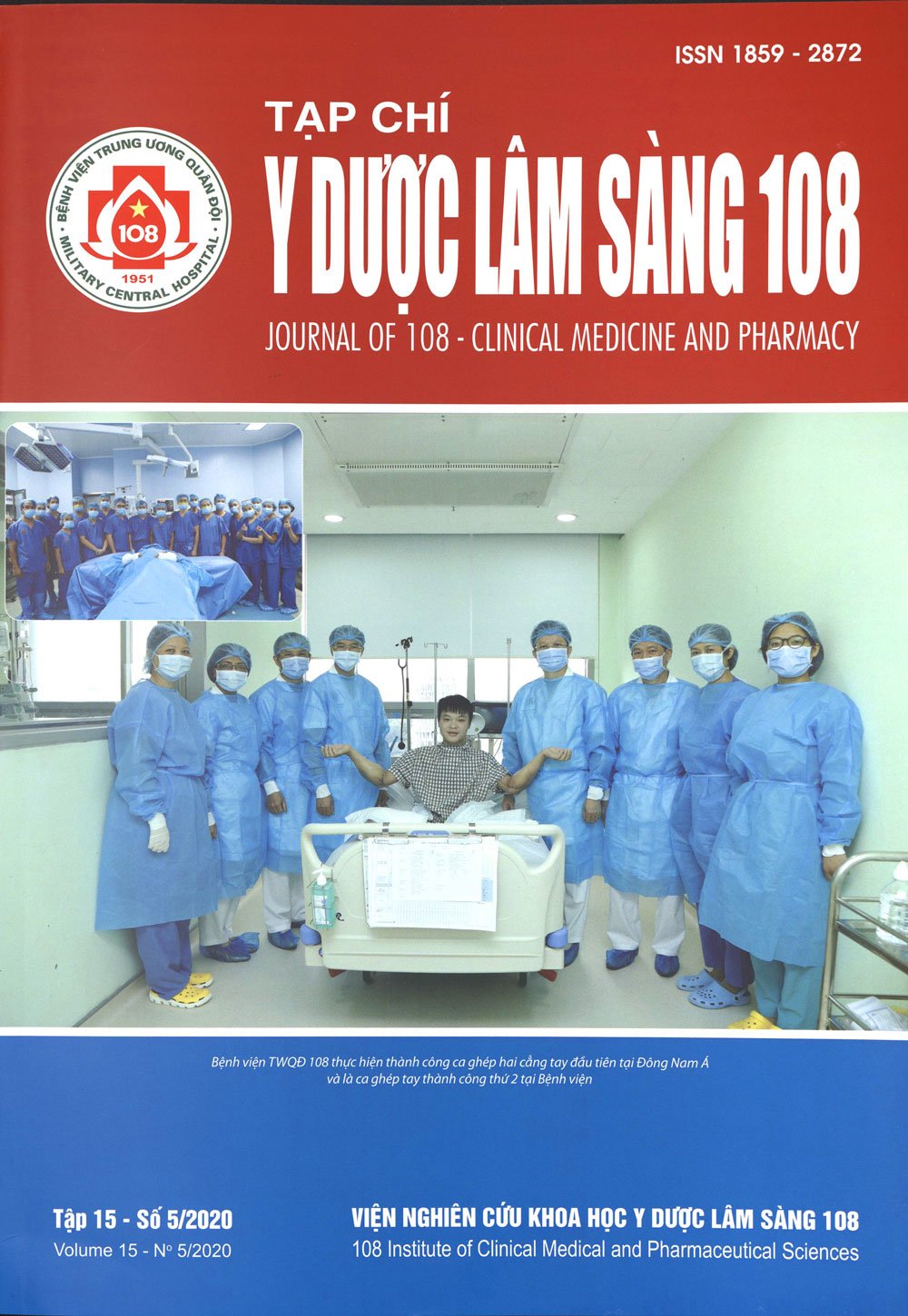Evaluation of the result of treatment of infertility in PCOS patients undergoing in vitro fertilization with GnRH antagonist protocol combined with GnRH agonist for triggering final oocyte maturation
Main Article Content
Keywords
Abstract
Objective: To evaluate the results of treatment of infertility in PCOS patients undergoing in vitro fertilization with GnRH antagonist protocol combined with GnRH agonist for triggering final oocyte maturation. Subject and method: A prospective, descriptive study included 140 patients with PCOS as defined by the Rotterdam 2003 consensus. The ovary was stimulated by GnRH antagonist protocol combined with GnRH agonist for triggering final oocyte maturation. The evaluation was based on the quality of embryos through phormology and the pregnancy rate at the first frozen embryo transfer. Result: 1149 day 3 embryos were created from 140 PCOS patients. Good embryos accounted for the highest proportion of 48%, average and poor embryos made up the same proportion of 26%. There was no difference between phenotypes in the quality of embryos. The average implantation rate was 27.2%, pregnancy rate was 48.6%, clinical pregnancy was 44.3% and ongoing pregnancy rate was 42.1%. Mild ovarian hyperstimulation syndrome accounted for 5%. There was no moderate and severe ovarian hyperstimulation syndrome. Conclusion: The utilization of GnRH antagonist protocol combined with GnRH agonist for triggering final oocyte maturation is a safe treatment without affecting the quality of embryos as well as the treatment of infertility in PCOS patients.
Article Details
References
2. Alpha Scientists in Reproductive Medicine and ESHRE Special Interest Group Embryology (2011). Istanbul consensus workshop on embryo Assessment: Proceedings of an expert meeting. Reprod Biomed Online 22(6): 632–646.
3. Engmann L, DiLuigi A, Schmidt D et al (2008) The use of gonadotropin-releasing hormone (GnRH) agonist to induce oocyte maturation after cotreatment with GnRH antagonist in high-risk patients undergoing in vitro fertilization prevents the risk of ovarian hyperstimulation syndrome: A prospective randomized controlled study. Fertil Steril. 89(1): 84–91.
4. Golan A, Ron-El R, Herman Ar et al (1989) Ovarian hyperstimulation syndrome: An update review. Obstet Gynecol Surv 44(6): 430–440.
5. Haydardedeoglu B, Kilicdag EB, Parlakgumus AH et al (2012) IVF/ICSI outcomes of the OCP plus GnRH agonist protocol versus the OCP plus GnRH antagonist fixed protocol in women with PCOS: A randomized trial. Arch Gynecol Obstet 286(3): 763-769.
6. Helena Teede (2018) International evidence-based guideline for the assessment and management of polycystic ovary syndrome 2018.
7. Mourad S, Brown J, Farquhar C (2017). Interventions for the prevention of OHSS in ART cycles: an overview of Cochrane reviews. Cochrane Database Syst Rev (1).
8. Qiao J, Feng HL (2011) Extra- and intra-ovarian factors in polycystic ovary syndrome: Impact on oocyte maturation and embryo developmental competence. Hum Reprod Update 17(1): 17-33.
9. Rotterdam ESHRE/ASRM-Sponsored PCOS Consensus Workshop Group (2004) Revised 2003 consensus on diagnostic criteria and long-term health risks related to polycystic ovary syndrome. Fertil Steril 81(1): 19-25.
10. Singh N, Naha M, Malhotra N et al (2014) Comparison of gonadotropin-releasing hormone agonist with GnRH antagonist in polycystic ovary syndrome patients undergoing in vitro fertilization cycle: Retrospective analysis from a tertiary center and review of literature. J Hum Reprod Sci 7(1): 52-57.
 ISSN: 1859 - 2872
ISSN: 1859 - 2872
